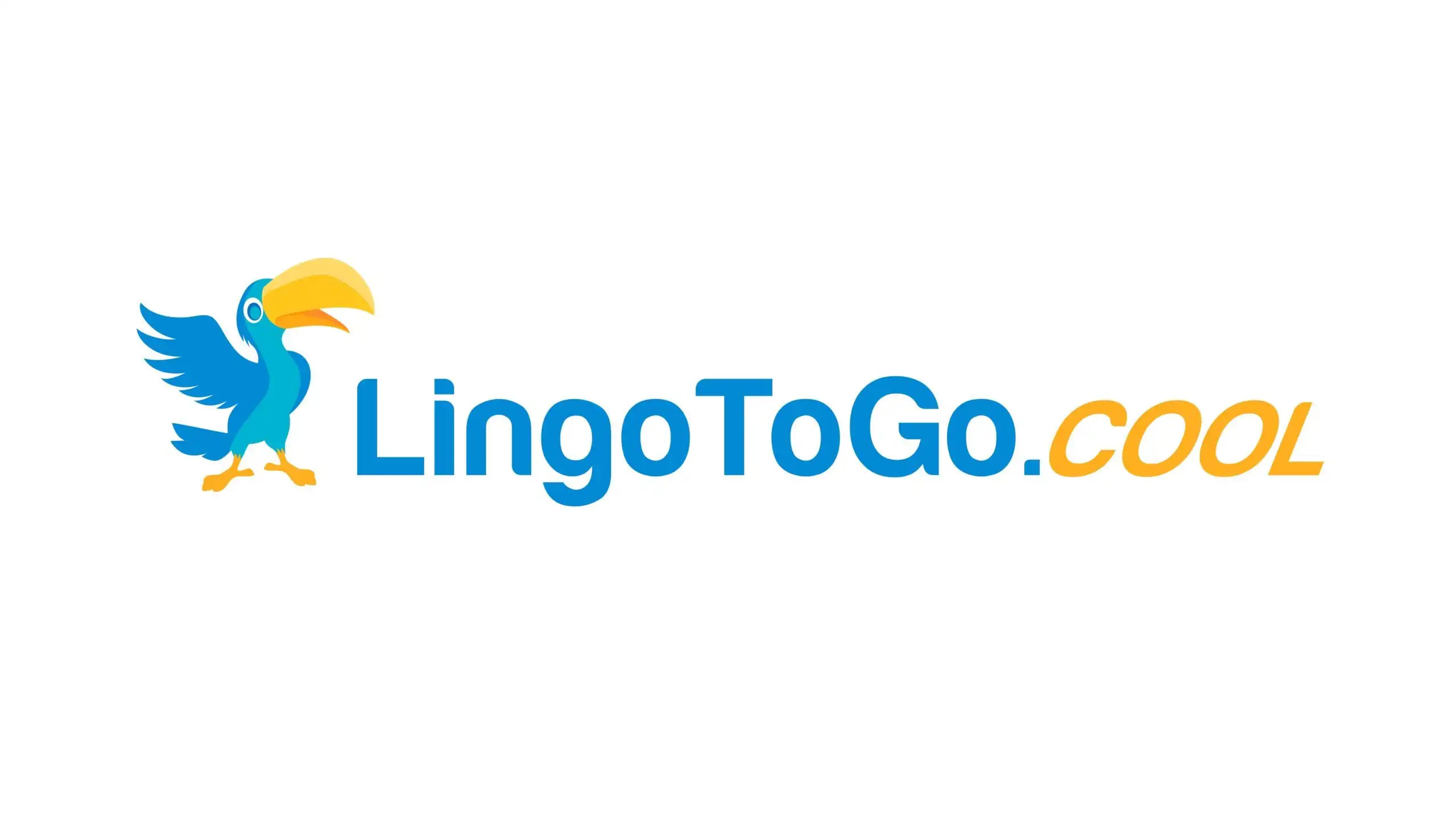Equatorial Guinea stands unique as Africa’s only Spanish-speaking nation, where the colonial language has evolved alongside indigenous tongues to create distinctive greeting customs. When you visit this vibrant country, you’ll encounter a rich tapestry of salutations that reflect both Spanish heritage and local African influences.
Formal Greetings
In professional or formal settings, you’ll want to use traditional Spanish greetings with a distinct Equatoguinean flavor. “Buenos días” (good morning) is pronounced with a softer ‘s’ than in European Spanish, while “Buenas tardes” (good afternoon) often extends later into the evening than in other Spanish-speaking regions. When meeting someone of higher social status or an elder, you should add “señor” or “señora” to show respect: “Buenos días, señora.”
Casual Daily Greetings
The everyday greeting scene in Malabo and other cities blends Spanish basics with local flair. “¿Qué tal?” works as a casual “how’s it going?” but you’ll often hear it followed by “¿y la familia?” (and the family?), reflecting the culture’s strong family values. “¿Qué hay?” serves as an ultra-casual “what’s up?” particularly among younger Equatoguineans.
Regional Variations
In Bata, the mainland’s largest city, you might hear “¿Cómo va?” with a distinctive local intonation. The Fang-speaking regions have influenced Spanish greetings by incorporating tonal elements from their native language. In the Bubi-dominated areas of Bioko Island, greetings often include a slight pause between words, reflecting Bubi speech patterns.
Time-Specific Greetings
- Morning: “Buenos días” (until around 12:00)
- Afternoon: “Buenas tardes” (12:00-18:00)
- Evening/Night: “Buenas noches” (after 18:00)
Note that these time boundaries are more fluid in Equatorial Guinea compared to other Spanish-speaking countries, adapting to the equatorial lifestyle and climate.
Farewell Expressions When saying goodbye, you’ll find several options:
- “Hasta luego” (see you later) – most common casual farewell
- “Nos vemos” (see you) – very casual, among friends
- “Que le vaya bien” (may things go well with you) – formal, respectful
- “Adiós” – formal, somewhat less common than in European Spanish
Cultural Context
Greetings in Equatoguinean Spanish reflect the country’s communal values. You’re expected to greet everyone in a social setting, and skipping this custom can be considered rude. Physical contact often accompanies greetings – a handshake is common in formal situations, while friends might embrace or exchange cheek kisses.
Youth Culture
Younger Equatoguineans often mix Spanish greetings with elements from English and French, reflecting global influences. You might hear “¿Qué pasa, man?” or “Hola, mon ami” in casual settings among friends.
Digital Communication In text messages and social media, Equatoguineans often use:
- “Hola k tal” (informal spelling of ¿Qué tal?)
- “Wena” (shorthand for “buena/buenos”)
- “Q” (short for “que”)
Business Settings In professional environments, greetings maintain formality:
- “Le saludo” (I greet you) – formal introduction
- “Encantado/a de conocerle” (pleased to meet you)
- “A sus órdenes” (at your service) – particularly in customer service
Weather-Related Greetings Given the tropical climate, you’ll often hear greetings referencing the weather:
- “¿Qué calor, no?” (What heat, right?)
- “Buen tiempo” (good weather) – ironically used during both sunny and rainy seasons
Remember that Equatoguinean Spanish greetings are more than just words – they’re gateways to social interaction, showing respect, and building relationships in this unique African nation.

